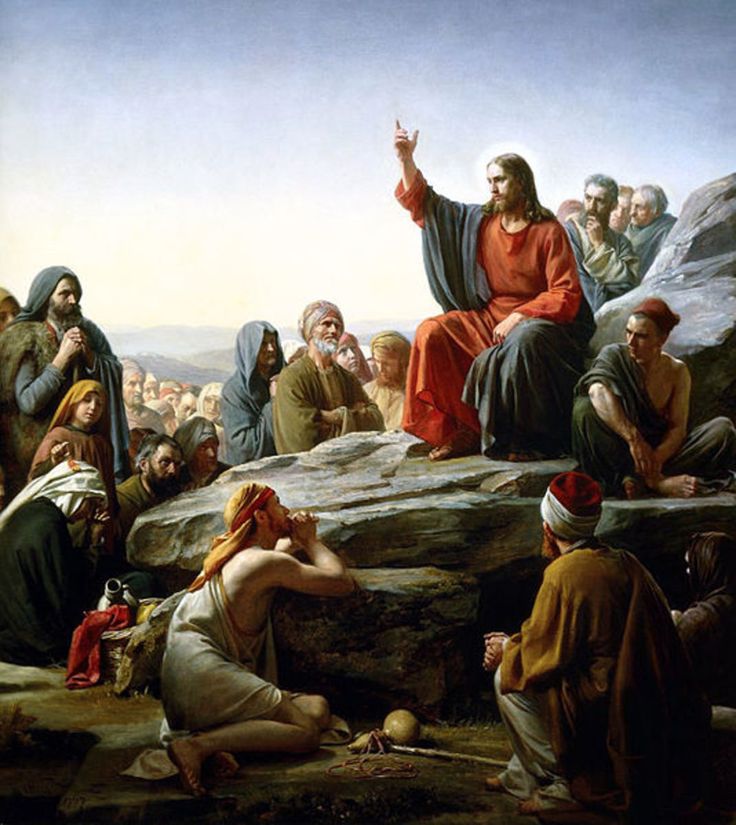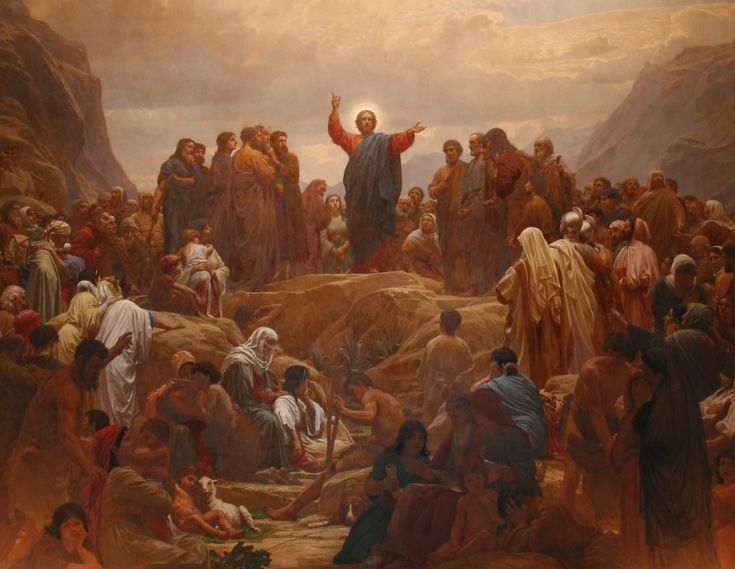10 Facts about the Sermon on the Mount
The teachings in the Sermon on the Mount are often referred to as the “Ethics of the Kingdom” or the “Christian Code of Ethics.” These teachings represent a moral and spiritual framework that guides followers of Jesus in living a life that aligns with the principles of God’s Kingdom.
Jesus gave the Sermon on the Mount to present the values, principles, and ethics of the Kingdom of God, offering guidance on how His followers should live to reflect God’s will on earth.
One particular aspect of the Sermon, encapsulating its overarching message, is sometimes referred to as the “Higher Law” or the “Law of Love.” This is because Jesus emphasizes the spirit and intent behind the laws rather than just strict adherence to their literal interpretation. For example, He extends the understanding of laws about murder, adultery, and retaliation to include internal attitudes like anger, lust, and forgiveness.

Here are 10 Facts about the Sermon on the Mount:
- Recorded in the Gospel of Matthew: The Sermon on the Mount is recorded in the Gospel of Matthew, Chapters 5–7. It is one of the longest continuous sections of Jesus’ teachings in the New Testament.
- The Beatitudes Open the Sermon: The sermon begins with the Beatitudes, a series of blessings that describe the characteristics of those who are part of God’s Kingdom, such as being “poor in spirit,” “meek,” and “pure in heart.”
- Themes of Inner Transformation: Jesus focuses on the transformation of the heart rather than external compliance with the law, emphasizing attitudes like love, humility, and forgiveness.
- A Fulfillment of the Law: Jesus explicitly states that He did not come to abolish the Law of Moses but to fulfill it. His teachings elevate the moral and spiritual requirements of the law.
- Includes the Golden Rule: The famous ethical teaching, “Do to others what you would have them do to you” (Matthew 7:12), is part of this sermon.
- The Lord’s Prayer is Introduced: In the middle of the sermon, Jesus provides a model for prayer, known today as the Lord’s Prayer or Our Father (Matthew 6:9–13).
- Calls Followers to Be “Salt and Light”: Jesus uses the metaphors of salt and light to encourage His followers to positively influence the world and reflect God’s goodness.
- Emphasizes Forgiveness and Love for Enemies: Radical teachings like loving one’s enemies and forgiving others are core elements of the sermon, highlighting a higher standard of love and mercy.
- Concludes with a Call to Action: The sermon ends with the parable of the wise and foolish builders, urging listeners to not only hear but also act upon Jesus’ teachings. Obedience is likened to building on a solid foundation.
- One of the Most Influential Teachings in History: The Sermon on the Mount has had a profound impact on both religious and secular thought, influencing leaders like Mahatma Gandhi and inspiring countless ethical and moral discussions across cultures and religions.
These teachings remain central to Christian theology and continue to resonate with people seeking guidance for righteous living and spiritual growth.

